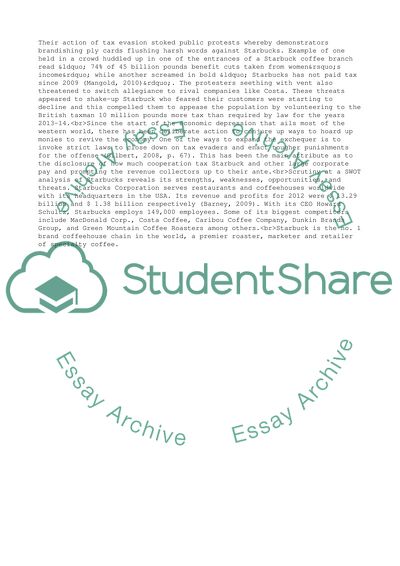Cite this document
(Strategic Management and Competitive Advantage in Starbucks Case Study, n.d.)
Strategic Management and Competitive Advantage in Starbucks Case Study. Retrieved from https://studentshare.org/management/1620323-the-tax-issues-starbucks-is-facing-with-the-uk-government
Strategic Management and Competitive Advantage in Starbucks Case Study. Retrieved from https://studentshare.org/management/1620323-the-tax-issues-starbucks-is-facing-with-the-uk-government
(Strategic Management and Competitive Advantage in Starbucks Case Study)
Strategic Management and Competitive Advantage in Starbucks Case Study. https://studentshare.org/management/1620323-the-tax-issues-starbucks-is-facing-with-the-uk-government.
Strategic Management and Competitive Advantage in Starbucks Case Study. https://studentshare.org/management/1620323-the-tax-issues-starbucks-is-facing-with-the-uk-government.
“Strategic Management and Competitive Advantage in Starbucks Case Study”, n.d. https://studentshare.org/management/1620323-the-tax-issues-starbucks-is-facing-with-the-uk-government.


